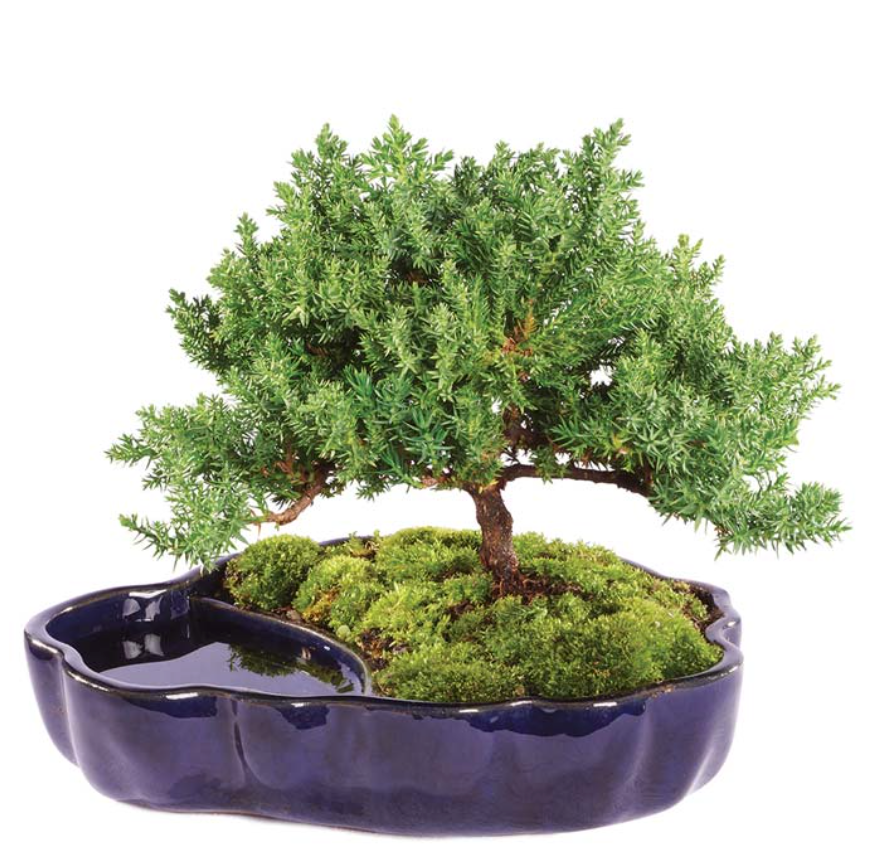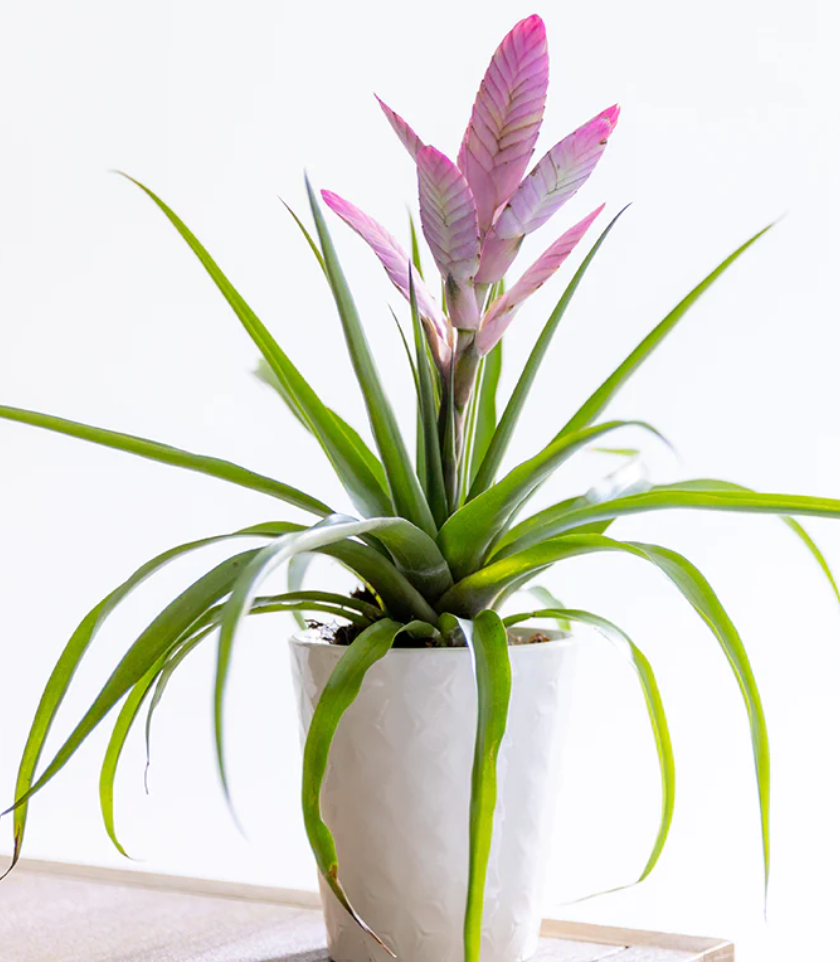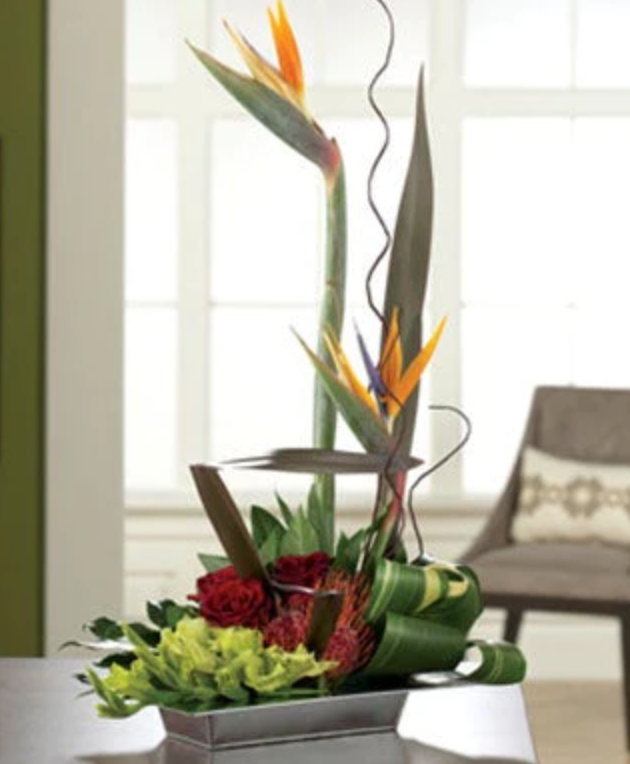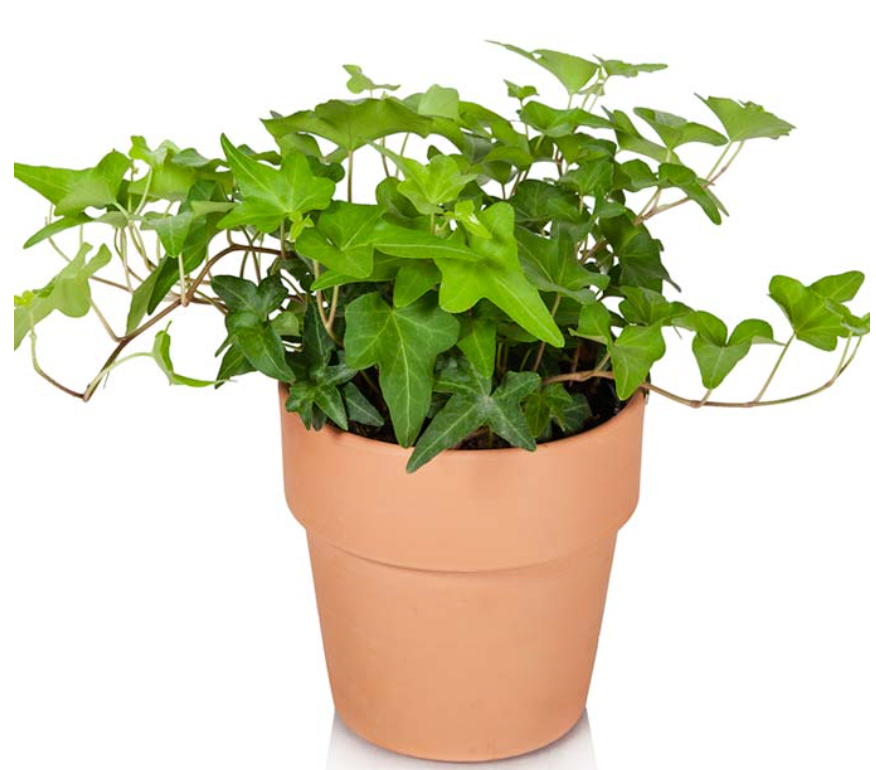There are various types of traditional bonsai styles, such as formal upright, informal upright, cascade, and semi-cascade. You can find these eye catching bonsai here on Send Plants under “Plants by type”.
The formal upright style represents the idealized image of a full-sized tree growing in nature. It features a straight, upright trunk with branches that gradually decrease in size as they ascend the tree. The composition of the bonsai is symmetrical and balanced, reflecting stability, strength, and a formal aesthetic.
The informal upright style aims to capture the natural, organic growth patterns of trees found in nature. The trunk exhibits gentle curves and slight bends, giving the tree a more relaxed and informal appearance. The branches are arranged asymmetrically, reflecting the irregularities of nature.
The cascade style is visually striking, representing a tree growing on the edge of a cliff or steep slope. The trunk cascades downward below the container's rim, sometimes even reaching the ground. The branches typically extend in a downward direction, often featuring elegant curves and dramatic foliage. This style evokes a sense of drama, movement, and the resilience of trees growing in challenging conditions.
Semi-Cascade (Han-Kengai): The semi-cascade trunk may have a gentle slant or curve, extending beyond the rim of the pot but not reaching the ground. The branches can be arranged in a balanced or asymmetrical manner, giving the tree a sense of dynamism and vitality. This style represents adaptability and the ability to withstand environmental challenges while maintaining a sense of balance.




